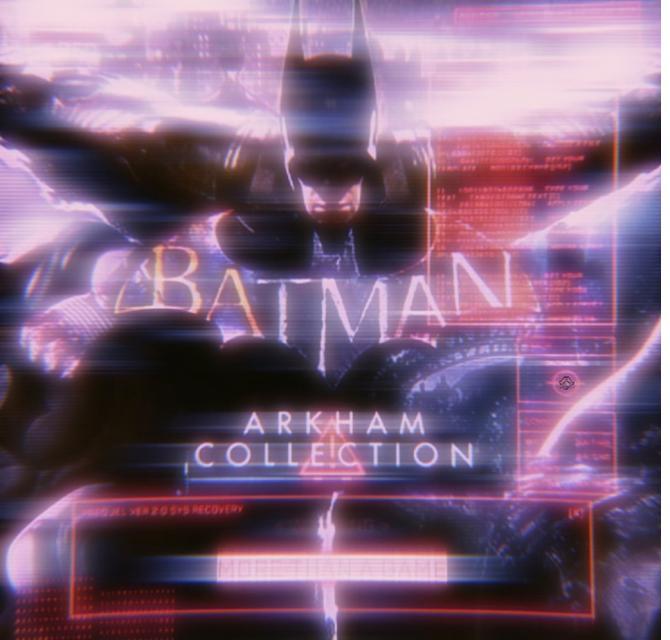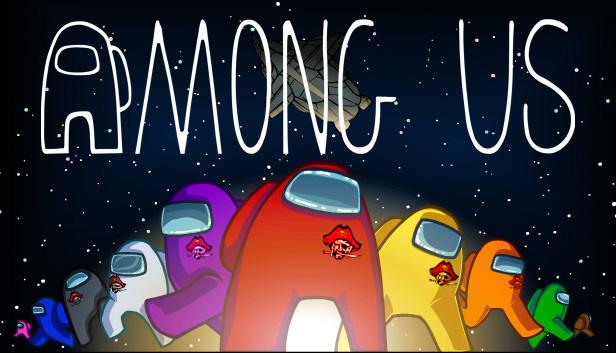Opinion: In 2021, it’s time to bring back the Batman Arkham series
Before the 2010’s, licensed superhero video games had an infamous track record of being poorly thought out cash grabs. However, their reputation was turned around when “Batman Arkham Asylum” was released to critical acclaim in 2009.
The Batman games that followed, “Arkham City,” “Arkham Origins,” and “Arkham Knight”, maintained the consistent trend of quality and are still worth going back to in 2021.
Throughout the Arkham storyline, we see Batman face many of his foes during his crime fighting career. But unlike most other retellings of the Batman story, the Arkham series opts to begin its plot in the middle of Batman’s crime fighting career, sparing players of the repetitive origin story of dead parents in an alleyway.
The series features a grizzled and experienced Batman, but an even more sadistic and deranged Joker whose plan involves turning his goons into an unstoppable army through use of a dangerous chemical that has more ramifications than either of them realize.
Eventually, through multiple mutant transformations, faulty blood transfusions, and the shocking death of a character, Gotham goes from a city to a prison, to a warzone that Batman must restore.
“Arkham Origins” is a prequel to the series with its events taking place before the events of “Arkham Asylum.” However, its plot stays consistent with the rest of the series as it focuses on the dichotomy between Batman and the Joker.
Although they play second fiddle to the Joker, the rest of Batman’s villains appear as well. Notable examples include the Penguin who weaponizes exhibits in his museum, the Riddler who amusingly goes from pretentious to panicked as Batman gradually solves all of his riddles, and my personal favorite, the Scarecrow who, thanks to his iconic fear toxin, sends Batman through terrifying hallucination sequences.
Fans of the comics will also appreciate the inclusion of lesser known villains such as Hush, the Mad Hatter, and Victor Zsasz, and as an added bonus, all the characters get their own unlockable bios that include their backstory and interview tapes.
The main gameplay of the Arkham series involves Batman traversing an open map sprinkled with combat encounters and collectibles in order to get to his next objective. While running through the cramped corridors of “Arkham Asylum” can feel limiting, the series substantially improves its movement mechanics once the urban setting is introduced in “Arkham City.” There, Batman can glide over rooftops and launch himself into the air with an upgraded grappling hook.
The diverse movement options only get better once the player gains control of the Batmobile in “Arkham Knight.” There are few things more satisfying than bringing the Batmobile to top speed and flinging Batman into the sky with the ejector seat.
The maps of the Arkham games are chalk full of secrets and puzzles that utilize Batman’s utility belt to its full extent. Although he carries the standard batarangs to hit far away switches and knock out bad guys, the real fun comes with his other gadgets. My favorites were blasting down weak walls with the explosive gel and moving metal objects with the remote electrical charge.
In the main campaign, Batman must also use “detective vision” in order to scan his surroundings, pick up on subtle clues, and reconstruct crime scenes in order to track down criminals.
The Arkham series also pioneered the “freeflow combat” system which is still inspiring games today such as “Spider-Man: Miles Morales.” It consists of a system of strikes and counters. Batman can punch and kick enemies with the goal being to eventually knock all of them unconscious. However, when the enemies punch back, Batman can perform a counter which not only blocks their attack but also executes a counter attack. Also, not all enemies are simple punching bags. Some carry shields, guns, or stun sticks all of which require different methods to deal with them. Every time that Batman hits an enemy, the game adds one count to his combo and if Batman gets hit, his combo goes back down to zero.
The ideal situation of each combat encounter is to build up the combo counter as fast as possible so Batman can enter “freeflow mode.” In freeflow mode, Batman hits harder and time slows down so the player gets longer reaction times to incoming enemy attacks.
When his combo is high enough, Batman can also perform combo moves that knock out or disarm enemies instantly with the caveat that he is ejected from freeflow mode and must build up his combo again.
The choice between combo moves and freeflow mode makes for an engaging decision in the heat of combat. Rarely does a game’s combat ever make me think about what I am really doing, “Should I stay in freeflow mode for the extra damage and reaction time or should use a combo move to take down that one annoying enemy with the shield?”
The game also highly discourages button mashing as enemies will easily overwhelm Batman if he tries to brute force his way through every encounter. There is even an upgrade where hits will add two to the combo counter if they are rhythmically timed, providing an even bigger incentive for mastering the combat.
But not every problem can be solved with martial arts. In rooms where all the enemies are carrying guns, full frontal assault is not an option and instead, Batman deals with them in the aptly named “predator mode.”
In predator mode, Batman must hide in the shadows perched atop vantage points to avoid being caught by the patrolling enemies. All a player must do is to take out all of the enemies by any means of the player’s choosing. The variety offered in the predator sections is as astounding as it is satisfying. Batman can hide in air vents and grates, use batarangs as distractions, spray explosive gel onto walls as a trap, or simply wait for enemies to wander off on their own for a silent takedown.
The best part about the predator sections is how the enemies react and adapt to their crew being picked off one by one. If one of them spots an unconscious body, they will all rush to it and survey the area where the body was found and get into groups where they patrol back to back. When there is only one left, their fear is palpable as they constantly look over their shoulder and fire desperate blind shots around corners.
To remedy this, Batman can use his detective vision to see enemies through walls along with their heart rate and stress level. The game makes you feel like a true creature of the night as you observe their heart rate rise and their condition go from calm, to nervous, to scared, to terrified, and finally to unconscious.
As fun as the core gameplay of the Arkham series is, it has its biggest falters in the boss fights. Due to the combat system being fine tuned for group battles, the one-on-one encounters fail to test the play on anything they’ve been learning. Fights with villains like Poison Ivy and Clayface devolve into mindlessly throwing batarangs and ice grenades to whittle down their massive health bars.
When the fights aren’t against single foes, they tend to fall back on group encounters anyways, failing to make the boss seem powerful or threatening. The exceptions lie with Ra’s al Ghul and the immaculate Mr. Freeze fight, but generally, the boss fights are tedious and boring. “Arkham Knight,” in particular, also suffers from liberal use of the Batmobile.
No longer being only a mode of transportation, the Batmobile comes with a battle mode where it is equipped with a 60mm cannon to shoot unmanned enemy drones. Plot holes aside, the combat sections with the Batmobile don’t complement the core gameplay in any meaningful way and turns the martial artist power fantasy into just another shooter.
Even though it may be home to some crummy boss fights and boring shooter segments, the vast majority of the Batman Arkham series is a challenging and enthralling joyride in the boots of one of the greatest superheroes of all time, and with each game being available to play on the newest consoles, now is the perfect time to play through the series that redefined what a superhero game could be.



